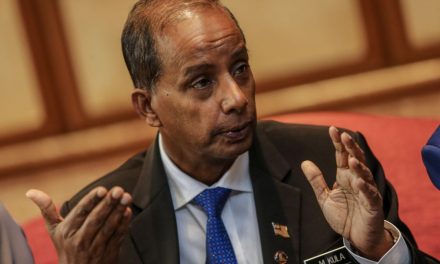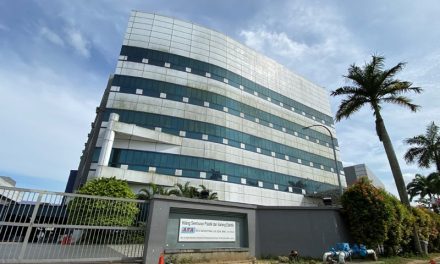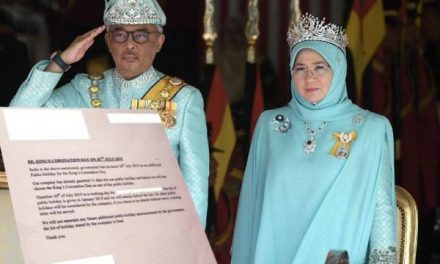PETALING JAYA | Malaysian companies suffer an estimated loss of RM20.71 billion in annual costs due to man-days lost to sick leave.
Malaysian Employers Federation (MEF) president Tan Sri Azman Shah Haron said their study found that more than 10.7 million days were lost due to sick leave from June 1 last year to May 31.
“The average working days during the said period were 264.35 per year.
“Based on 7.36 million Employees Provident Fund members, the average working days and the man-days lost rate, it is estimated that 10,700,888 working days were lost due to sick leave.
“This is an average of RM1.66 billion in cost per month,” he said at the launch of MEF’s latest publications here yesterday.
A man-day is a unit of one day’s work by one person.
The MEF Man-Days Lost and Absenteeism Survey 2019 found that outpatient sick leave was the major cause of man-days lost at 78.7 per cent.
Other causes included hospitalisation at 65.4 per cent, absence without permission (52.9 per cent), tardiness (50.7 per cent) and unpaid leave (47.8 per cent).
The survey, which is in its third edition, polled 140 participating companies.
Azman said “family responsibilities” was one of the most common reason given for absence from work, at 94.2 per cent.
“Among other common reasons given by employees for being absent were being unwell at 91.3 per cent, transport problems at 58.3 per cent and accidents or injuries, which occurred outside and during working hours at 39.8 per cent and 20.4 per cent, respectively.”
He said absenteeism occurred more before or after a public holiday or festival as indicated by 82.9 per cent of respondent companies.
He said employees were frequently absent before or after their rest day (79 per cent) and after submitting their resignation letter (42.9 per cent).
“A total of 33.3 per cent of the respondents said absenteeism occurred before or after hospitalisation leave, and 3.8 per cent after the football match season.”
Based on the 2019 MEF Salary Surveys for Executives and Non-Executives, Azman said, MEF found that fewer employers granted salary increases to their workers this year although the quantum of increase was slightly higher.
He said 88.3 per cent of respondents granted salary increases to executives compared with 92.4 per cent last year.
There was a decrease of 5.1 per cent in salary increase for non-executives this year from last year’s 92.7 per cent.
“However, the average salary increase for executives and non-executives this year was higher at 5.15 per cent and 4.96 per cent, respectively, compared with 4.88 per cent for both groups last year.”
“The overall average forecasted salary increase for executives next year of five per cent is slightly lower than the actual average salary increase of 5.15 per cent in 2019,” Azman said.
As for non-executives, he said there would be a slight boost in salary increase next year at 5.01 per cent, up from this year’s 4.96 per cent.
“In terms of bonus, 78 per cent of respondents granted bonus to executives, similar to last year.
“For non-executives, it is slightly lower at 76.8 per cent this year, compared with 78.7 per cent last year.
“The executives’ average forecasted bonus of 1.9 months for next year is similar to the actual bonus this year.
“It is higher for non-executives with 1.79 months compared with 1.67 months of actual bonus this year.”
Both the salary surveys were participated by 252 companies from manufacturing and non-manufacturing sectors.
The executives’ report covered 151 benchmarked positions of 18,782 executives, while the non-executives’ report covered 48,098 non-executives with 109 benchmarked positions.









